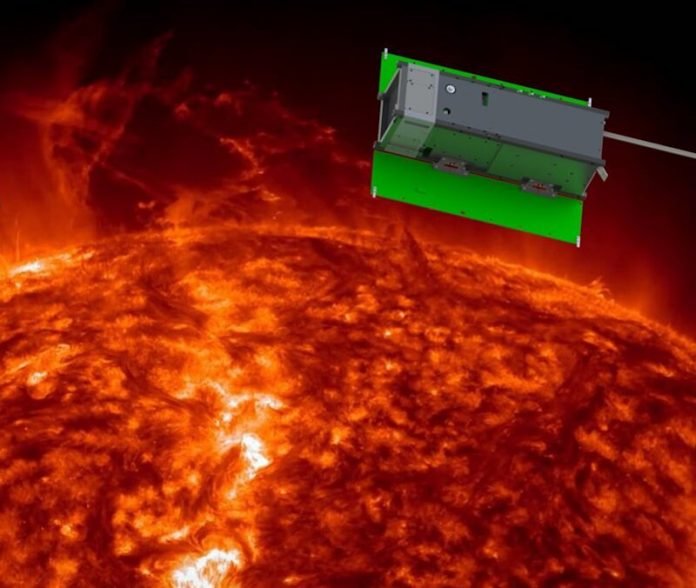
In a new study, researchers found that the twin Miniature X-ray Solar Spectometer (MinXSS) CubeSats measured soft X-rays from the Sun effectively.
These breadloaf-size satellites returned useful data for scientists.
Only a few years ago, researchers were skeptical about whether CubeSats could reliably obtain scientific data.
But in the current study, the researchers from Harvard-Smithsonian Center for Astrophysics reported results from the first solar science-oriented CubeSat missions.
MinXSS features cost-saving components such as an extendable tape measure that serves as a radio antenna.
MinXSS-1 was launched in December 2015, it was deployed for an approximately 12-month orbit around Earth.
MinXXS-2 was launched in December 2018 and deployed for a four- to five-year orbit and operation.
The CubeSats are small and relatively cheap satellites, ranging from $1 million to $2 million for MinXSS.
They are science-oriented, short-lifespan satellites built to take specific scientific observations and measurements.
It has a soft X-ray spectrometer that was modified for compatibility with the harsh environment of space.
MinXSS is also carrying silicon-based photometers onboard for other soft X-ray and visible light measurements.
The researchers found that the small satellites measure solar soft X-rays between 0.5 to 12 kiloelectron volts at moderate spectral resolution.
They suggest that the soft X-rays carry important information about the temperature, density and chemical composition of the material in the Sun’s atmosphere.
It can help scientists trace how flares and other processes during calmer times heat the surrounding material in the Sun’s atmosphere.
The data may help researchers directly constrain the plasma temperature of these relatively quasi-static features.
The findings also suggest that small, relatively cheap satellites could collect data that are consistent with large, expensive satellites, and contribute to major scientific research.
One author of the study is Christopher S. Moore, a postdoctoral fellow.
The study was presented at the American Physical Society’s April Meeting 2019.
Copyright © 2019 Knowridge Science Report. All rights reserved.



